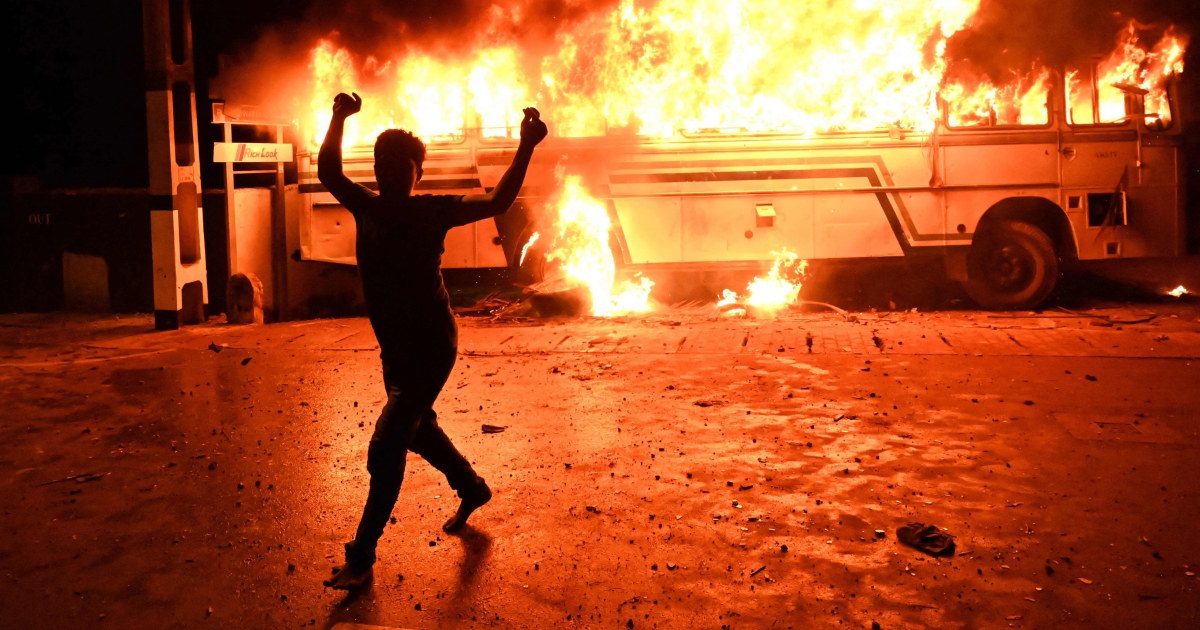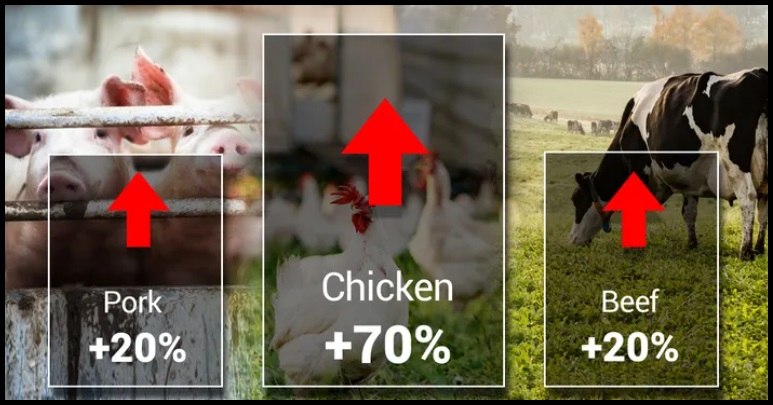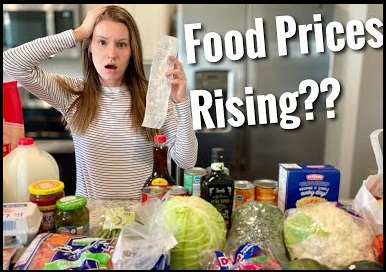Sri Lanka Inflation and Food Crisis Results in Widespread Social Chaos
I have stated for the past year ‘the absence of food will change things‘. The inflation and food affordability crisis has now surfaced in Sri Lanka. Global media is paying attention, even sending out warnings about what this might represent for other nations.
Sri Lanka has a debt to GDP ratio of 120%, approximately the same as the United States. However, Sri Lanka does not have the benefit of their currency being supported as the global trade currency; therefore, the debt and domestic inflation rate are directly tied together.

The rate of food inflation in March has exceeded 30%…. the absence of the public being able to afford food has now surfaced and the government is collapsing. Read the news from Sri Lanka through the prism of what could happen in U.S. cities if we lose the dollar as the global trade currency.
(Via Reuters) – Reuters Breakingviews) – Sri Lanka’s collapse is front of mind for many. Protesters fed up with crippling shortages of essential food and fuel items are on the streets, prompting multiple members of Prime Minister Mahinda Rajapaksa’s cabinet to offer to resign late on Sunday.
Social unrest will probably accelerate a restructuring of some $44 billion of international sovereign debt. Though Sri Lanka’s problems follow years of mismanagement, its speedy unravelling is a warning to sturdier economies from Europe to Asia suddenly grappling with a spike in the cost of living.
A current account crisis read more has intensified after the West fired its sanctions bazooka at Russia as punishment for its invasion of Ukraine. Rolling blackouts and a state of emergency are frightening away remaining tourists, a crucial source of foreign exchange. Food inflation hit an eye-watering 30.2% in March.
The currency’s 40% depreciation against the U.S. dollar in one month, including a central bank managed devaluation, is blowing out leverage ratios: Public debt estimated by the International Monetary Fund at 120% of GDP is perhaps some 40 percentage points more than might be deemed sustainable, guesses Citi.
[…] It’s a reminder of the political implications of high prices. Prior to Russia’s invasion of Ukraine, few Asian countries had consumer inflation in double digits. The standouts were Sri Lanka and Pakistan, whose Prime Minister Imran Khan on Sunday dodged a no-confidence vote and called fresh elections. Poorer countries are more vulnerable to surging global food prices because their populations spend more on food than discretionary items. (read more)
Food inflation in Sri Lanka reached 30%…. things start immediately collapsing.
Consider the recent projected rate of food inflation in the United States (wave 2, this summer):


We can never be sure what is going to happen to society in the U.S. However, I would be leery about being in a densely populated urban area when whatever it is, surfaces.




Post a Comment